Two concepts are perpetually at the forefront of discussions regarding the Internet of Things (IoT) or, in this context, the Industrial Internet of Things (IIoT): connectivity and communication.
Connecting hundreds or thousands of devices and having them communicate with each other, with higher-level systems, and with the cloud would be an impossible task without an intermediary — the IoT gateway — to manage the various connection and communication protocols.
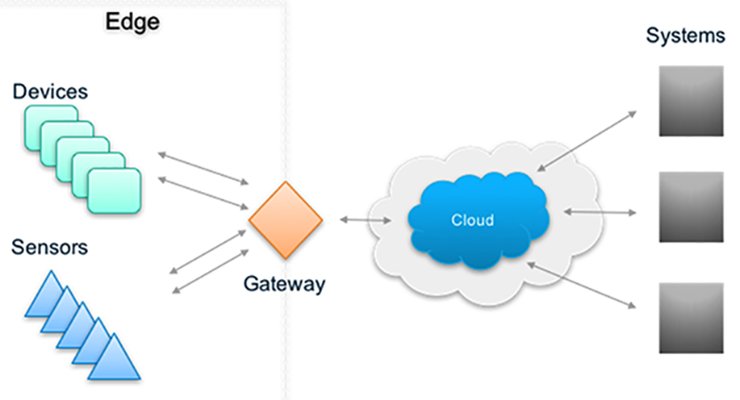
Image credit: TechTarget
An IoT gateway is a hardware device that “sits” between IoT-enabled devices and the cloud and facilitates communications between them.
IoT-enabled devices and systems use a variety of communication protocols, such as Ethernet/IP, Modbus, Wi-Fi, Bluetooth/LE, and ZigBee — depending on the device, purpose, and environment. An IoT gateway enables connection and communication between these devices and cloud-based systems or higher-level systems — such as MES (manufacturing execution systems) or SCADA (supervisory control and data acquisition) — on a local intranet. For industrial automation and processing applications, an IoT gateway essentially “bridges the gap” between OT (operations technology) and IT (information technology) systems.
But an IoT gateway does more than the basic task of enabling communication. It also encrypts, processes, filters, updates, and manipulates data before sending it from a device to the higher-level system. These functions — especially pre-processing and filtering — decrease transmission, processing, and storage requirements. Gateways can also perform data caching and logging and store data locally to ensure that continuous, historical records are maintained, especially when devices are located in remote areas with unreliable connectivity.
When IoT gateways become intelligent gateways
A term often used when discussing the IoT or IIoT is “edge devices” — referring to IoT-enabled sensors, actuators, and other devices. The term “edge” typically refers to the boundary between the physical world (devices) and the cloud (or higher-level system).
Similarly, IoT gateways that can perform advanced functions — such as filtering, manipulating, and processing data — are sometimes referred to as “edge gateways” or “intelligent gateways.” When data analysis is moved from the cloud or remote network to the edge — often to the gateway or to the device itself — this is referred to as “edge computing.”
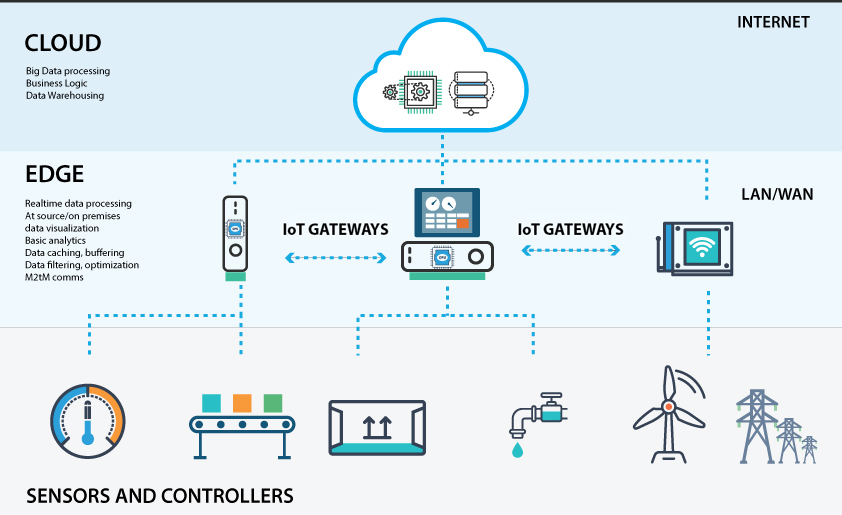
Image credit: Open Automation Software
The benefits of using an edge gateway, particularly in IIoT applications, is that moving data processing functions from the cloud to the edge helps ensure accuracy and reliability. Transmitting data to and from the cloud takes time, and even milliseconds are too long for many mission-critical decisions and processes that occur in industrial operations. In the time it takes to send data to and get a response from the cloud, the data could easily become obsolete, resulting in missed opportunities for action, damaged components or products, or risks to the safety of the equipment or personnel. Edge devices can also send data or commands directly to other devices for immediate action.
Edge computing, via an edge gateway, also makes it possible to keep sensitive data “on-site” to ensure its security. And there’s the issue of practicality. Some devices or systems generate so much data that the bandwidth and resources needed for the cloud to handle this data are too costly. The edge gateway can determine what data gets sent to the cloud and transmit it in the most efficient, usable form.

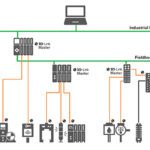


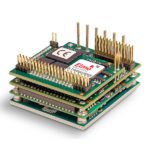
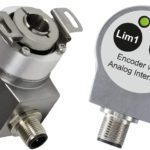

Leave a Reply
You must be logged in to post a comment.